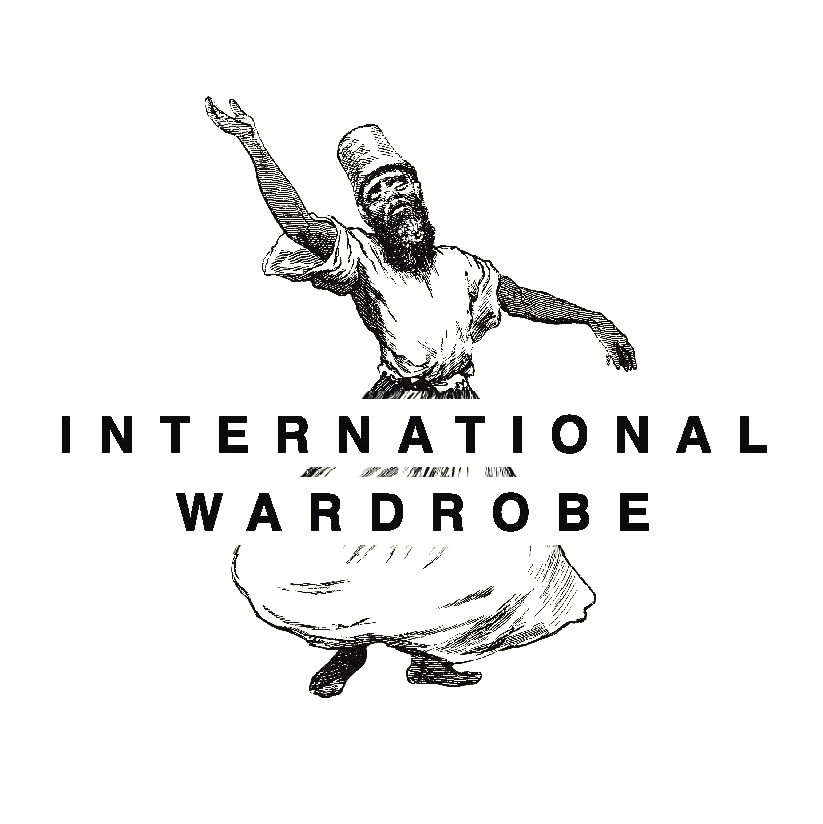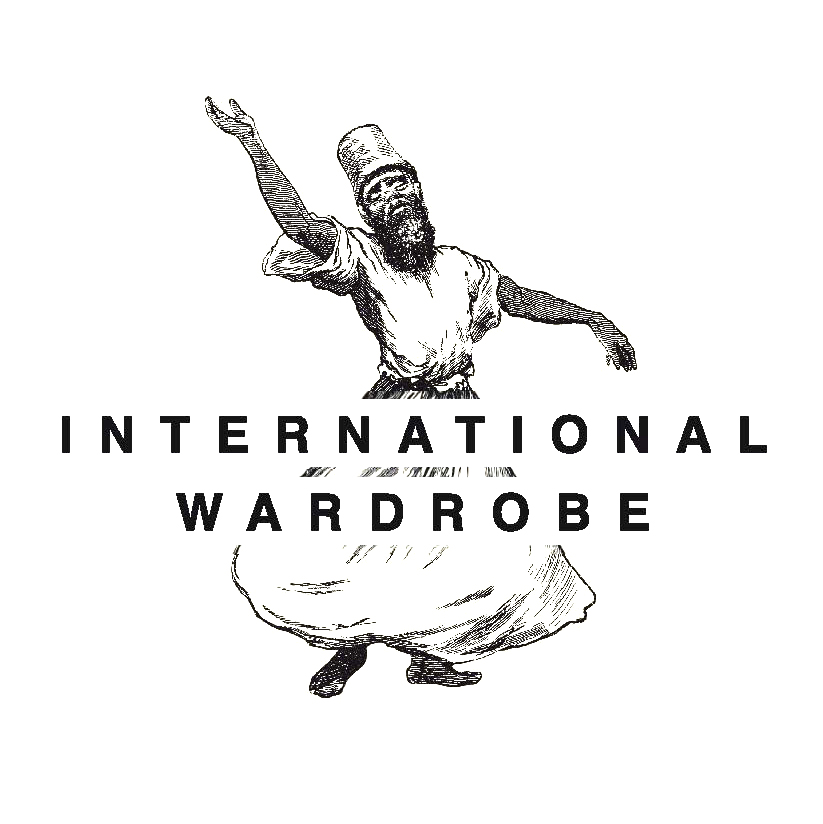More than 5,5 million Miao live in China, making them one of the largest minority groups in the country. They live in wooded mountain regions in southern China, in the provinces Guizhou, Yunnan, Guangxi and Hunan, but some of them also live on Hainan Island, Sichuan and Guangdong. However, the majority live in Guizhou, one of the China’s poorest provinces, which also has the highest number of different ethnic groups. About 37% of the total population are not Han Chinese, but Zhuang, Yao, Miao, Dong, as well as Tujia, and Bo Y (eponym: Buxqyaix, also known as Bouyei).
For poverty-plagued provinces such as Guizhou, the Chinese government has now discovered a miracle cure: Tourism. For years, the Han Chinese considered resident ethnic minorities to be barbarians and more closely related to animals than human beings, i.e. the Han Chinese themselves – even though the Hmong settled in China at the same time as the Han. Their history is more than 5000 years old and was, for the most part, passed on orally until the beginning of the 20th century. As Mongols of uncertain origin they were not treated particularly well, and the rapidly expanding Han Chinese displaced the Hmong more and more, which is how they eventually became an ethnic minority. »Miao«, which means »cat« in Chinese, is frequently followed by »tze«, which more or less means »barbarian«. »Miao« is the term given by the Chinese to four distinct groups of people only distantly related through language or culture: the Hmu people of southeast Guizhou, the Qo Xiong people of west Hunan, the A-Hmao people of Yunnan, and the Hmong people of Guizhou.
The 1982 constitution of the People’s Republic of China of sought to valorise minority cultures, and in 1984 a Regional Ethnic Autonomy Act was adopted, which legally protects (on paper) the distinctiveness and rights of ethnic minorities. In fact, they have yet to experience the promised protection, legitimate representation and autonomy in practice. However, this is typical for the Chinese political system and, more or less, an experience shared by all citizens of that country.
One of the Chinese government’s approaches to controlling ethnic minorities is to assimilate them – which is why the ethno-tourist »campaign« is so perfect and presents no contradiction for China, the country of extreme antitheses.
During the mid-19th century, together with neighbouring ethnic groups, the Miao in Guizhou rose up against the Han Chinese, in what came to be known as the Miao Rebellion (1854 – 1873), which the Dong were also embroiled in. The Han Chinese had started to populate to this region due to rapid population growth and resulting necessity for arable land, but also due to extreme poverty, which forced them to leave Sichuan, Hunan and Guangdong to Yunnan and Guizhou.
To begin with, they leased land from the Miao and Dong, whom they cheated when trading goods – in particular alcohol, clothing and food –, which eventually enabled them to retain as collateral the parcels of land owned by the now heavily indebted Miao and Dong, their landlords. This is how the native population was eventually disempowered and divested of its land.
Like many minorities, the Miao are organised into close-knit family associations and superordinate clans. Miao marriages are always made between members of different tribes, strengthening familial bonds between the individual villages, while also avoiding the possibility of incest. Kinship ties also extend far beyond the village outskirts, ensuring supraregional familial bonds and protection. These networks have consistently helped the Miao to successfully defend themselves against the Han Chinese. To this day the Miao continue to be fiercely independent, have strong organisational skills and are known for their entrepreneurial spirit. The different groups of Miao can be distinguished primarily by the women’s garments, i.e. their cut of their clothing, patterns and colour schemes, followed by the style of headdress, i.e. hairstyles and decoration thereof, which further distinguish them from each other.
The Miao are a patriarchal society, and have a patrilineal descent system. Their language belongs to the Sino-Tibetan family. The Miao cultivate rice, maize, potatoes, buckwheat, millet and oats. Like the houses of neighbouring ethnic minorities, the Miao’s homes are also made of wood. A village comprises between 15 to 20 houses, with an ancestral temple to honour the deceased. The Miao are animists and believe in deities of nature. Most rites, ceremonies and festivities address ancestors or spirits related to the household.
Pictures right side, from top to bottom:
1. The spreading of the Miao and Hmong in China and Southeast Asia.
2. Sunday market in Shiping, Guizhou. The Miao from Shiping and Kali wear always a striped headscarf, wrapped arounf the head. Very chic.
3. A Miao woman from Quingman near Kaili in Guizhou. She´s showing her embroidery skills and is wearing her festivitiy costume for the tourists.
4. As a kind of after work party the woman hang around together, chatty and relaxed, doing embroideries.
5. At the Basha village near the border to Guangxi.
6. A woman from the „long horned“ Miao in Northwest Guizhou is posing for a photographer.
7. These are the wooden construktions under the tons of Extension from old hair and wool.
8. The jackets of the „long horned“ Miao are longer in the back.
Pictures, left side, from top to bottom:
9. Miao costume from Quiannan, Guizhou, southern China.
10. The next pictures are showing the different stations to make a pleated skirt. Sometimes they wrap the textile around a drum and pulled the pleats with a needle. After this the fix the pleats with a thread and leave it outside in the wind for more stability.

